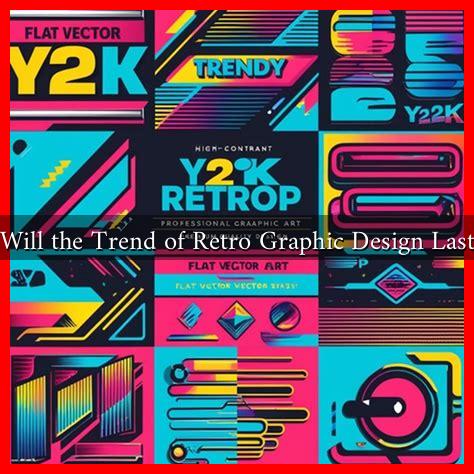-
Table of Contents
Will the Trend of Retro Graphic Design Last?
In recent years, retro graphic design has surged in popularity, captivating audiences with its nostalgic charm and vintage aesthetics. From vibrant color palettes to classic typography, this design trend evokes a sense of familiarity and warmth. But the question remains: will the trend of retro graphic design endure, or is it merely a fleeting fad? In this article, we will explore the factors contributing to the rise of retro design, its impact on contemporary culture, and whether it has the potential to stand the test of time.
The Rise of Retro Graphic Design
Retro graphic design refers to styles and elements that draw inspiration from past decades, particularly the 1960s, 70s, and 80s. This resurgence can be attributed to several factors:
- Nostalgia: As millennials and Gen Z come of age, they are increasingly drawn to the aesthetics of their childhood and the eras before them. This nostalgia fuels a desire for designs that remind them of simpler times.
- Digital Accessibility: The rise of digital tools and platforms has made it easier for designers to experiment with retro styles. Software like Adobe Illustrator and Canva allows for the creation of vintage-inspired graphics with relative ease.
- Social Media Influence: Platforms like Instagram and Pinterest have become hotbeds for sharing retro designs, allowing trends to spread rapidly. The visual nature of these platforms encourages users to seek out and share nostalgic content.
Case Studies: Brands Embracing Retro Design
Several brands have successfully integrated retro graphic design into their marketing strategies, demonstrating its effectiveness in capturing consumer attention:
- Coca-Cola: The iconic beverage brand has frequently revisited its vintage branding, using retro logos and packaging designs to evoke nostalgia and connect with consumers on an emotional level.
- Netflix: The streaming giant has embraced retro aesthetics in its promotional materials for shows like “Stranger Things,” which is set in the 1980s. The show’s marketing features vibrant colors and typography reminiscent of that era, appealing to both older audiences and younger viewers.
- Old Spice: The brand’s recent campaigns have utilized retro-inspired graphics and humor, successfully attracting a younger demographic while maintaining its classic identity.
The Cultural Impact of Retro Design
Retro graphic design is not just a trend; it reflects broader cultural shifts. The revival of vintage aesthetics can be seen as a response to the fast-paced, digital world we live in. As consumers seek authenticity and connection, retro design offers a sense of comfort and familiarity. This cultural impact is evident in various sectors:
- Fashion: Vintage clothing and accessories have become increasingly popular, with thrift stores and online marketplaces thriving. This trend complements retro graphic design, as brands often incorporate vintage elements into their marketing.
- Music: Vinyl records have made a comeback, with many artists releasing albums in this format. The retro packaging and artwork associated with vinyl appeal to collectors and music enthusiasts alike.
- Art and Illustration: Many contemporary artists are drawing inspiration from retro styles, creating works that blend modern techniques with vintage aesthetics.
Will Retro Design Endure?
While the popularity of retro graphic design shows no signs of waning, several factors will determine its longevity:
- Evolution of Trends: Design trends are cyclical. As new styles emerge, retro design may evolve to incorporate modern elements, ensuring its relevance.
- Consumer Preferences: As long as consumers continue to seek authenticity and nostalgia, retro design will likely remain a staple in the design world.
- Technological Advancements: The integration of new technologies, such as augmented reality and virtual reality, may influence how retro design is experienced and perceived.
Conclusion
In conclusion, the trend of retro graphic design is not just a passing phase; it is a reflection of our collective desire for nostalgia and authenticity in an increasingly digital world. As brands continue to embrace retro aesthetics and consumers seek connections to the past, it is likely that this trend will endure. By evolving with the times and integrating modern elements, retro design can maintain its relevance and charm for years to come. Whether through marketing campaigns, fashion, or art, the influence of retro graphic design is poised to remain a significant part of our cultural landscape.
For more insights on design trends, you can visit Creative Bloq.

